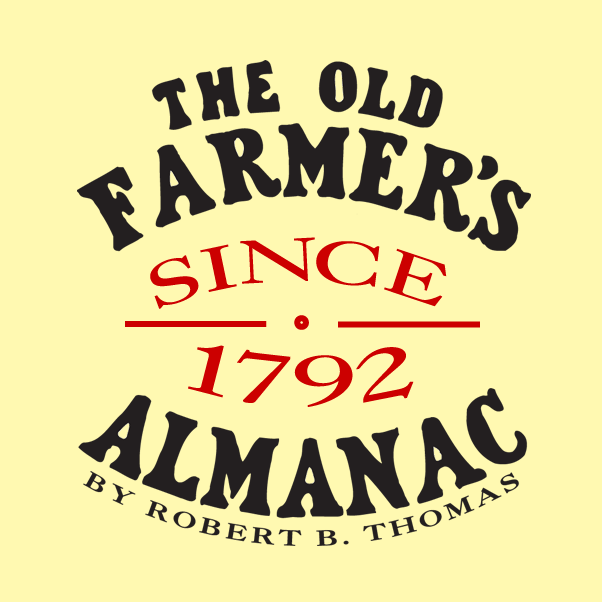Raising chickens? The Old Farmer’s Almanac for Kids Volume 8 shares some fun facts about these friendly farm animals, including folklore, a few laughs, and some chicken translations!
Scrambled Facts About Chickens
WHO’S WHO IN THE COOP
Hen: a female chicken
Rooster: a male chicken
Chick: a baby chicken
Pullet: a female chicken less than 1 year old
Cockerel: a male chicken less than 1 year old
Brood: baby chickens, or to care for chicks
THIS WILL CRACK YOU UP
- Chickens can not see in the dark.
- The average chicken has 7,500 to 9,000 feathers.
- A chicken’s earlobe indicates the color of its eggs: Red earlobes usually mean brown eggs; white earlobes usually mean white eggs.
- The chicken is the closest living relative to Tyrannosaurus rex.
CHICKEN CHAT
Chickens use language to communicate about food, warn of predators or other threats, and talk among themselves.
Buh-dup, or “Hi, there!”
Hens greet other members of the flock with this, as they come and go during the day. They also say it to humans.
Bwah, bwah, bwah, bwah, or “Egg on the way!”
This is how a hen announces that she is ready to lay an egg.
Doh-doh-doh, or “I’m here, and I’m okay.”
This is a hen’s way of saying “Good night.”
FOLKLORE’S FEATHER WEATHER
Expect rain if a chicken…
- Takes dust baths and seems uneasy
- Spreads and ruffles its tail feathers
- Goes to bed earlier than usual
Enjoy a bit of chicken humor: How did the hen graduate from college? With egg-cellent grades!
